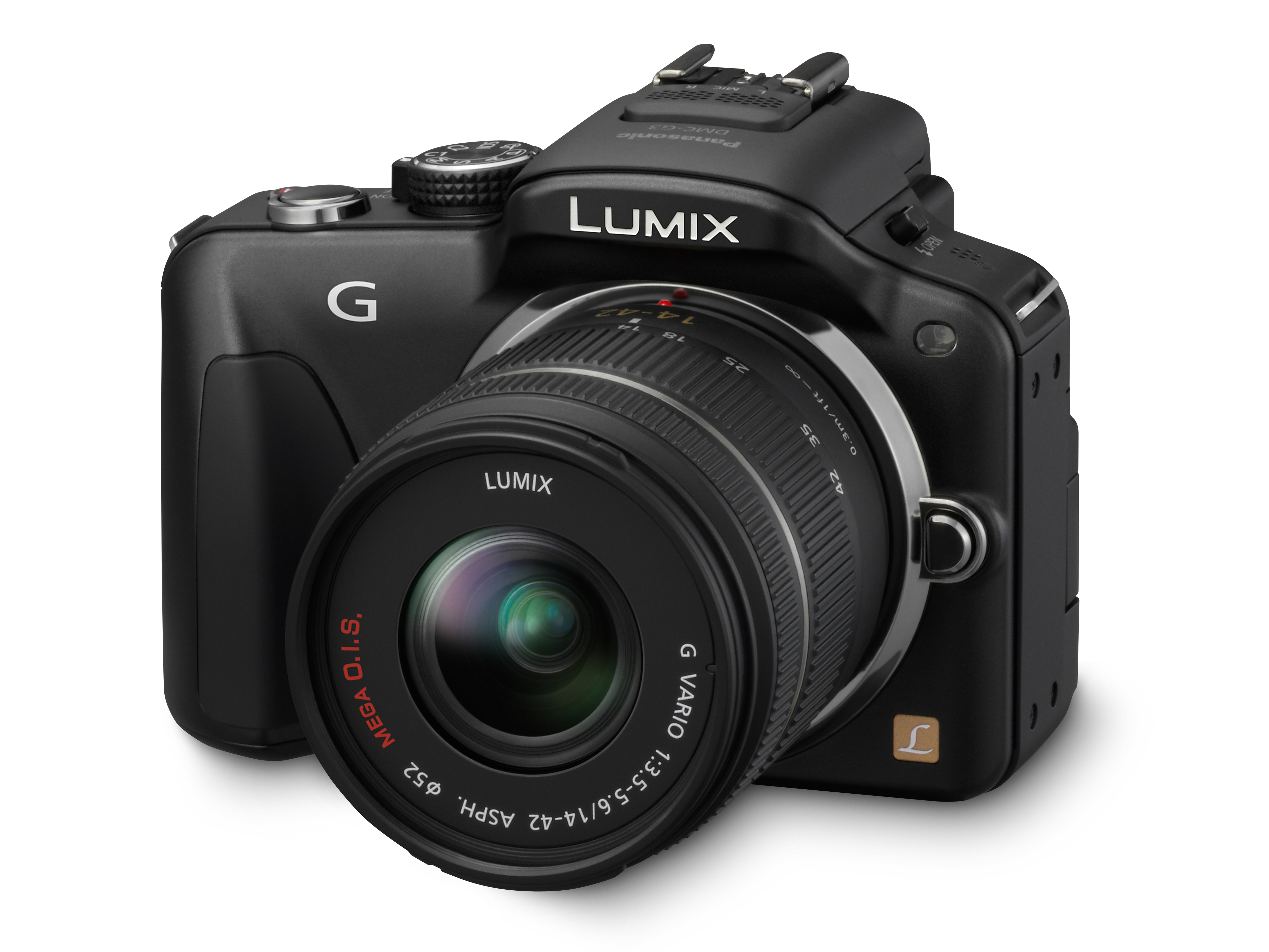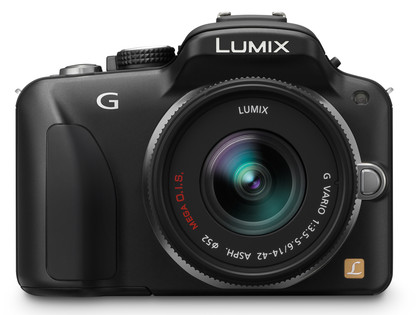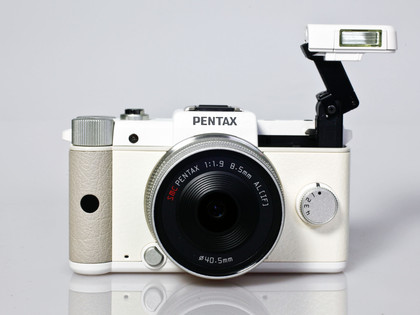What is a compact system camera?

Looking for a small camera with DSLR-like controls, high quality pictures and interchangeable lenses? A compact system camera (CSC) ought to tick most of your boxes.
Available in a smaller form than their DSLR cousins, this new wave of camera format is built differently: no mirror box means a less bulky construction, although it also means either an electronic viewfinder (EVF) or no viewfinder at all.
Top image quality can be expected from the Micro Four Thirds or APS-C sensor sizes that far outdo compact cameras' capabilities, and in some cases are on par with many DSLR systems.
There are three main choices:
1. DSLR replacement options with built-in viewfinders and all the quick-access buttons and layout of a DSLR in a small package, such as the Panasonic G3 below.

2. Style options such as the Olympus PEN E-P3 (shown below) where an optional viewfinder can be added via a hotshoe and which are as much about look as the resulting image quality

3. Pocketable or mini options that look no larger than a compact camera and, without a viewfinder, often function very much like one, for example the Panasonic GF3 below.
Sign up for breaking news, reviews, opinion, top tech deals, and more.

Olympus PEN and Panasonic Lumix GF-series CSC models can freely swap lenses through the common Micro Four Thirds standard. Meanwhile, the larger-sensor models from Samsung and Sony the Samsung NX11, Sony NEX-5 – are independent of one another and use separate lens mounts.
Pentax and Nikon have opted for small cameras with tiny, compact camera-sized sensors for the Pentax Q, Nikon V1 and Nikon J1, with new separate lens mounts.
As the compact system camera market share continues to grow, there are yet more manufacturers involved in producing their own new ranges. On the one hand it's getting many photographers interested in their potential. But on the other hand, for many this new creation is an unclear area that's got more confusing as different manufacturers, sensor formats and subcategories have been thrown into the mix.
Here we'll try to dispel any confusion about compact system cameras (CSCs), explain the different technologies and systems available and help you to choose the right CSC for you.
Evolution of compact system cameras

In 2008, Olympus and Panasonic announced the Micro Four Thirds (MFT) camera system, used in the Panasonic Lumix DMC-G1 and Olympus PEN E-P1. This system maintained the same Four Thirds DSLR sensor size as used before, but the shorter lens-mount-to-sensor-distance paved the way for smaller camera bodies and lenses.
Then in 2010 Samsung released the NX10, moving away from the Pentax-partnered GX-series of DSLR cameras. This solo venture shunned the MFT standard, using a larger APS-C-sized sensor similar to those found in many DSLRs.
Different acronyms began to be flung around for the NX-series' new system, from Hybrid, through Micro System Camera (MSC) and EVIL (Electronic Viewfinder with Interchangeable Lens) to MILC (Mirrorless Interchangeable Lens Camera).
As sales grew, other manufacturers got involved too. In the middle for 2010, Sony announced its own solo venture, the NEX-series, including the Sony NEX-5. This has been followed by the Pentax Q, and Nikon V1 and J1.